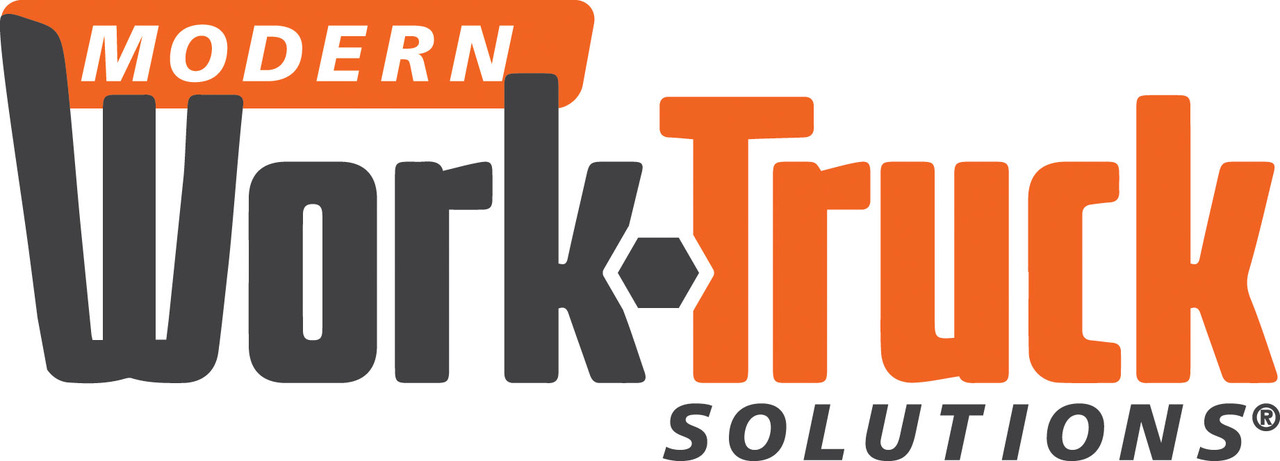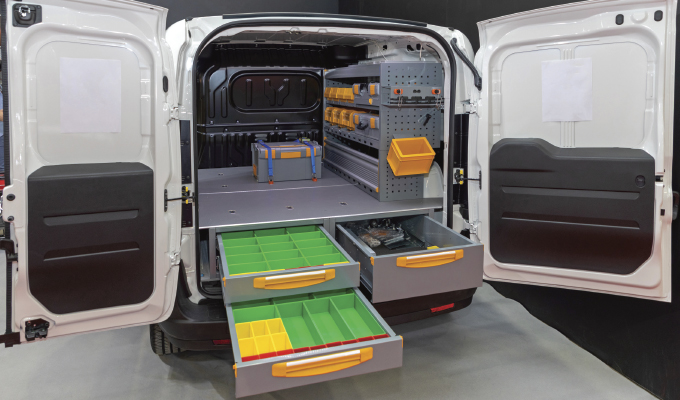Every day service people depart from their yards in work trucks. They are dispatched to provide a service at a customer’s site.
We respect our service personnel technical capability but how much attention do we pay to how they look after their service trucks? Beyond the normal asset monitoring of doing daily circle walks, checking fluid levels, general condition of the vehicle, and how clean the exterior of the vehicle.
Pay extra attention to the interior of the van or truck. My concern is based on a tale of working with two different contractors. My trim contractor arrives in his van, as he opens the rear doors you will quickly notice a plethora of shelves and drawers all labelled and easily identified. All the tools have a designated location, and they are in their respective place.
Shortly after my electrician arrives in his pick-up truck. He opens the back, to reveal the epitome of random storage. Parts, tools and wire are all stored together into one giant messy bundle.
Now both trades are awesome when on their tools. However, when my trim carpenter needs something from his truck, he is gone for mere minutes, while my electrician disappears for fractional hours, since he has to spend so much time searching for the necessary tool or part.
After doing an analysis, the cost to support a service truck costs around $150,000 annually. These technicians work remotely and out of our sight, but in the sight of our customers. If you send out a service technician in an organized work truck, it amps up their professional look. In turn, we are more amicable to pay the hourly service fee compared to the service technician who shows up in a very disorganized service vehicle.
However, an organized work truck goes beyond image. By being organized your service technician will be much more efficient by not having to search for parts and tools, and in turn, can facilitate more service calls per day.
As we worked through a fleet of service trucks by getting them organized, including removing a lot of unnecessary goods, we were shocked to find that for every 100 pounds of excess eliminated, we improved fuel mileage by 10 percent, a huge savings.
Workplace organization is very important, but when we apply it to mobile workplaces as well, it improves efficiency as well as additional savings through improved mileage.
about the author
Richard Kunst is president and CEO of Kunst Solutions Corp., which helps companies become more agile, develop evolutionary management, and implement Lean solutions and methodologies. To learn more, visit www.kunstsolutions.com or email rkunst@kunstsolutions.com.




